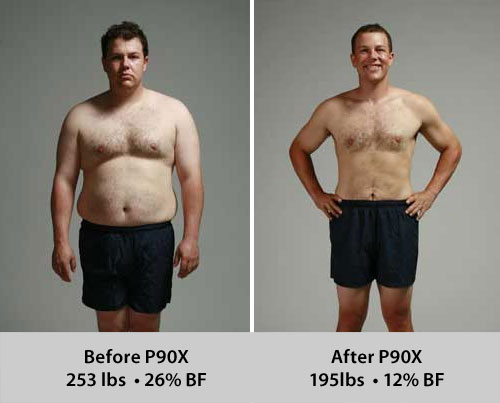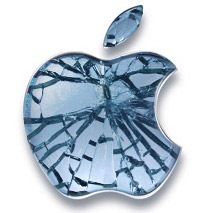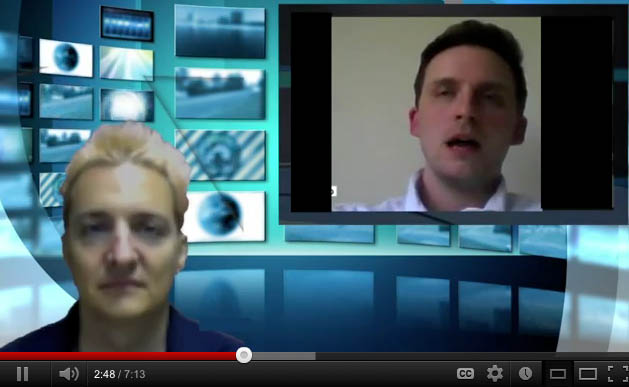Affiliate marketing can be daunting, especially if you’re starting out from scratch. Most of the affiliates struggle in the initial phase of their business because of insufficient cash flow.
It’s okay to get all motivated reading ‘affiliate success stories’. But realize that you will have some expenses to run the business. In order to find the best converting offers and get a good return on investment, it’s important that you have startup cash.
Now, before you actually start calculating how much cash you need to have saved up for running your affiliate campaigns, ask yourself:
How much money do you need?
First of all, understand that it will take you a while before you hit a winning campaign. You will fail more than you succeed. That’s how you get to learn the ropes. The solution? You have to move beyond the ‘one campaign’ thinking and aim for testing multiple campaigns.
Start off with a couple of offers and test them out. For instance, you can test one campaign with PPC. Another one with PPV. The next one with Social media. And then the last one with search traffic.
Since you are in the beginning phase, spend about $100 for traffic on each of the campaigns to know how they’re performing. This would give you a fair idea of what’s working and what’s not. If a campaign’s giving you a decent return on investment, it’s good enough for ramping up.
Your focus should be on boosting the conversion rate of your landing pages, so that you’re able to get the most out of your traffic.
Now with that said, you need $500 – $1,000 in your pocket to start off with the initial campaign testing. One of the best ways to generate this cash would be to…
Sell Your Services
Find a skill that you are good at and look for people who would need your services. For example, if you’re good at writing, you can create articles for clients. Or if you’re know how to do web designing or SEO, you can find people that will give you paying projects.
There are many job boards online that you can use to find freelance opportunities. You can also get in touch with potential clients on relevant forums. Try and stay away from ‘freelance bidding’ sites because usually people are competing there for pennies. What you are looking for are stable freelance opportunities that can help you raise funds.
What if you’re unable to find clients?
If you’re having a hard time getting projects, then create something with your skills first and then look for buyers. For example, you can create articles and sell them at Constant-Content.com or create turnkey websites and sell them at Flippa.com. If you look around, you’ll find many more places where you can actually sell what you create, rather than providing a service.
The most important thing is to take a start on raising capital because quality affiliate marketing doesn’t come for free.
Do you have any ideas on how to get startup cash for getting into the affiliate business? If yes, then share them in the comments section below!





















